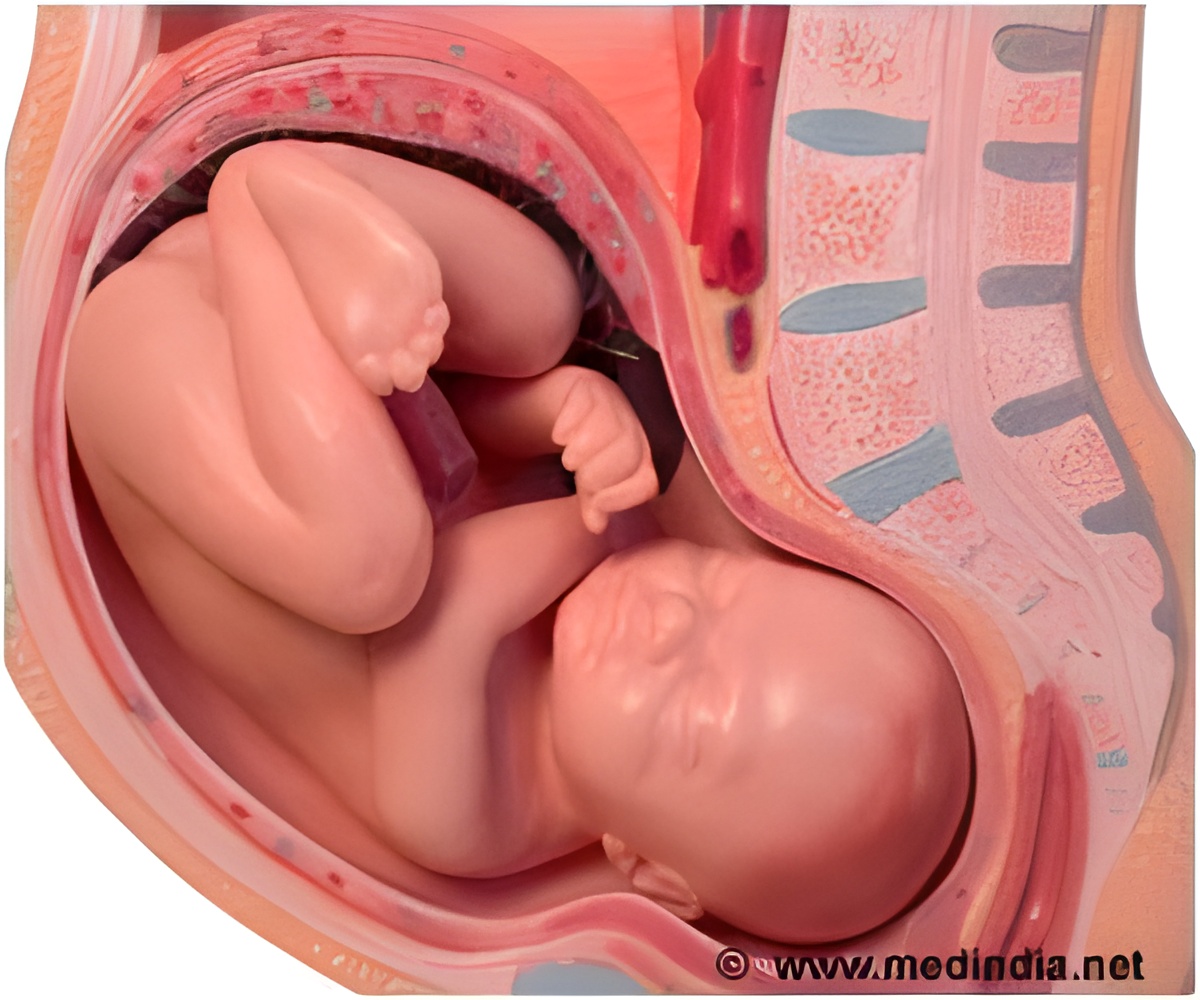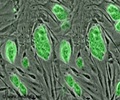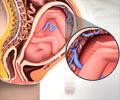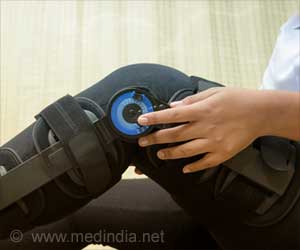Endothelial colony-forming cells (ECFCs) derived from human placenta are better for forming blood vessels than the ECFCs derived from umbilical cord blood.

"Circulating ECFCs isolated from umbilical cord blood and those isolated from human placenta are phenotypically identical and have equivalent proliferative potential," said study lead author Michael P. Murphy, MD of the Indiana University's Department of Surgery.
"After transplantation, the circulating placenta-derived ECFCs formed significantly more blood vessels in vivo than the ECFCs derived from umbilical cord blood, indicating not only that there are inherent functional differences between resident and circulating ECFC populations, but that the placenta-derived cells are more vasculogenic," Murphy noted.
Umbilical cord blood and the extra-embryonic membranes of placenta are ideal sources of progenitor cells, said the researchers, because the tissues are discarded as medical waste and ethical concerns facing embryonic stem cells are avoided. The quantity of cells that can be derived from placenta, however, is much greater than the amount that can be derived from umbilical cord blood, making the placenta the more abundant source.
They concluded that the placenta represents an abundant source of ECFCs that could provide a therapeutic dose of cells.
"The potential volume of placenta-derived ECFCs that can be harvested from a single placenta would provide a sufficient dose of cells without the necessity of expansion," indicated Murphy.
"We envision that placenta-derived ECFCs may provide some benefit in neonatal cerebral ischema or can be used for tissue banking for future and be useful in treating cardiovascular disease," said Murphy and his colleagues.
Source-ANI
 MEDINDIA
MEDINDIA



 Email
Email










